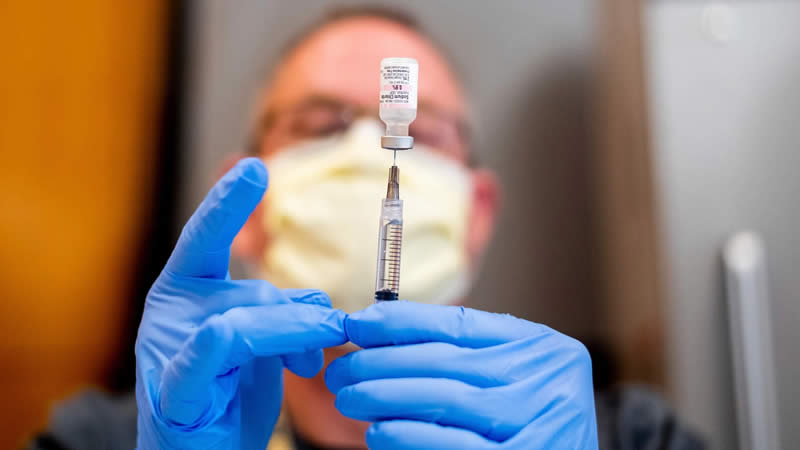A recent analysis from the Centers for Disease Control and Prevention (CDC) highlights a concerning trend in the United States—only 41% of nursing home residents have received the latest COVID-19 vaccine, despite being significantly more susceptible to the virus. This rate of vaccination is alarmingly low given the high risk of severe illness and death this demographic faces if infected.
In New York, one of the better-performing states in this respect, 50% of nursing home residents were up to date with their vaccinations as of March 24. However, this figure had dropped to 41% by April 14, reflecting a nationwide trend of declining vaccination rates among this vulnerable population.
Throughout the country, the vaccination rate among nursing home residents has not kept pace with the need, despite these facilities being epicenters of devastation in the early days of the pandemic. Experts stress the critical importance of staying current with vaccinations to prevent serious disease and hospitalization among elderly populations, told Newsday.
The CDC report, which covered the period from October to February, indicated that “nursing home residents are at increased risk for contracting SARS-CoV-2 and developing severe disease compared to older adults living in the community.” This underscores the underutilization of vaccines as a vital prevention tool in these settings.
Richard Mollot, the executive director of the Long Term Care Community Coalition, a New York-based advocacy group, described the findings as just “the tip of the iceberg.” He observed a general pullback from vaccination and a diminishing perception of COVID-19 as a serious threat, not only among nursing home staff but also, to a lesser extent, among residents themselves.
Nationally, the CDC found that about 1,000 nursing home residents died from COVID-19 each month between November and February. Moreover, only 10% of nursing home staff across the country were up to date with their COVID-19 vaccinations as of mid-April. In New York, the figure was slightly higher at 13%.
While the uptake for the initial series of COVID-19 vaccines was high—87% of nursing home residents and 98% of staff in areas like Long Island had completed their initial vaccine series as of the last update in November—the reluctance to stay current with subsequent vaccinations poses a significant health risk.
The CDC’s analysis also examined weekly COVID-19 infection rates across more than 14,000 facilities nationwide, involving approximately 1.2 million patients. Notably, the infection rate among nursing home residents was 133.8 per 10,000 residents for the week ending December 3, 2023, dropping to 61.4 by the week ending February 11, 2024. The highest weekly infection rate was recorded in the Midwest at 130.1, with the Northeast at 113.6.
Mollot pointed to poor infection control processes as a longstanding issue within the nursing home industry, which could be contributing to outbreaks. Even though the infection rates have decreased compared to previous years, the population remains highly vulnerable. In January, COVID-19-related hospitalizations among nursing home residents peaked at 7.1 per 10,000 residents, more than eight times the peak weekly rate of 0.87 per 10,000 among all U.S. adults aged 70 or older.
These findings underscore the ongoing challenges faced by nursing homes in managing COVID-19 and highlight the critical need for improved vaccination efforts and infection control measures within these facilities.



